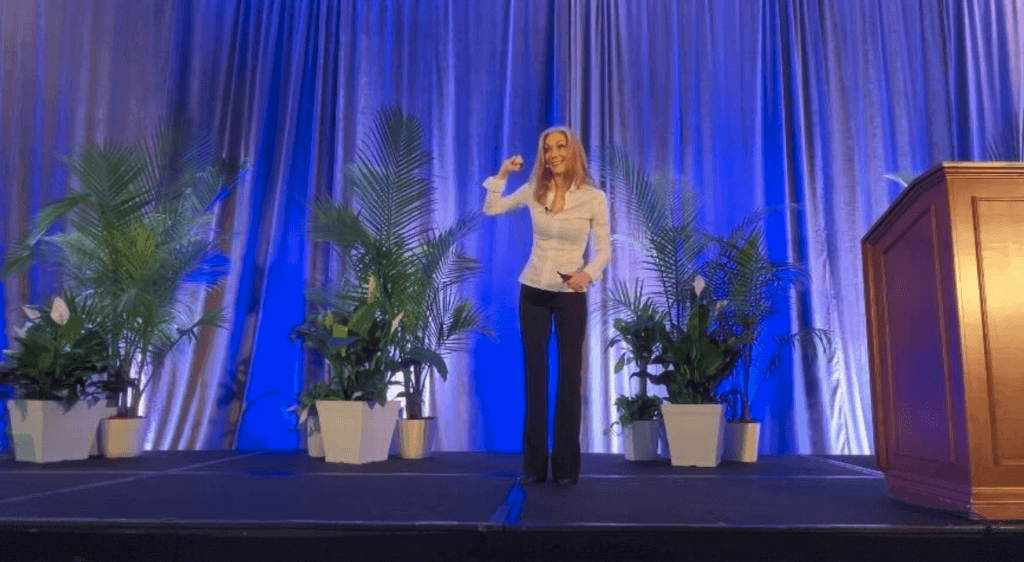Crafting a message
so that it lands with
different types of audiences
is no small feat.

Whether your audience
on any given day is a single individual
(customer, client, team member, family member)
or a larger group,
even if some elements of what you’re
addressing remain the same,
the positioning must adjust.
Examples need to be relevant,
the structure may change
and phrasing will need retooling.
In the last few days, my audiences
have ranged from franchisees
to front line sales teams,
event planners to entrepreneurs,
marketers in the agriculture business
to C-suite execs at global brands.
There’s a mistaken assumption by
people who hear I’m “on tour”
that it’s “rinse & repeat.”
It’s definitely NOT that.

In addition to learning about each
group’s challenges, projects,
and industry-specific issues,
a huge portion of my prep
is in thinking through
the angle of my messaging,
selecting relevant examples,
and delivering it all in
an engaging manner.
Every audience has its own
unique “psychographic,”
and thinking through the “way in”
can take hours.
But it pays off.
A communication mistake
I so often witness––even in
meetings or casual conversation––
is that the person speaking
forgoes these adjustments.
An experienced financial advisor
uses complex terminology with a
client new to the field; a tech expert
explains a computer issue
in words so foreign that the individual
they’re helping is lost
after half a sentence.
Being a good communicator
takes care.
It takes craft.
And it takes effort.
Be gracious. Scale back.
Get perspective on the audience’s
point of view.
Consider what might be most valuable–
not everything you know;
just what they need to know now
and delivered in a way
that they can absorb.
Risk Forward & Rock On,


